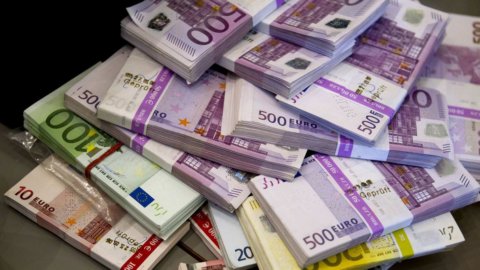The 13th issue of the BTP Italia ended with an increase in demand compared to the previous placement in November: total funding, communicates the Treasury at the end of the three-day offer (from 14 to 16 May), is 7,7 billion, compared to 7,1 billion last fall. The political turbulence therefore did not penalize subscriptions that much: in the first two days there were almost 63 thousand contracts for a value of over 4 billion, in the third and last few days fewer contracts but a value of 3,652 billion. They were however small savers are more prudent, which in the first two sessions subscribed 3,3 billion, against only 333 million on the last day.
The Treasury declares itself satisfied: "Very good collection as regards retail, satisfactory considering the market phase". Not an easy market phase, since last Wednesday (the third and last day of placement of the BTP Italia) a bit of tension has returned to the Italian secondary marketand, after the first drafts of the government agreement began to circulate, in particular those that still feared a debt exit and a request to the ECB to forgive 250 billion of public debt.
Yields jumped: the 10-year BTP rose well above 2% (today, Friday 18 May, it continues to rise to 2,18%), while the 8-year BTP – the same period of time as the Italy BTP – it is close to 1,7%, 35 basis points more than a week ago and more than 20 points more than on 11 May, when the Treasury communicated a minimum real rate of 0,4% for the new BTP . However, the real minimum rate has now been revised upwards: at the end of the issue, the rate to which Italian inflation must be added from time to time to arrive at the final nominal rate was brought to 0,55%.
These 15 points more on the one hand are more interesting for investors, especially institutional ones, but they represent a additional cost for the state coffers of approximately 92 million euro. A still relatively modest figure, but which gives an idea of how risky a possible and prolonged tug-of-war between the nascent government and the financial markets could be.





